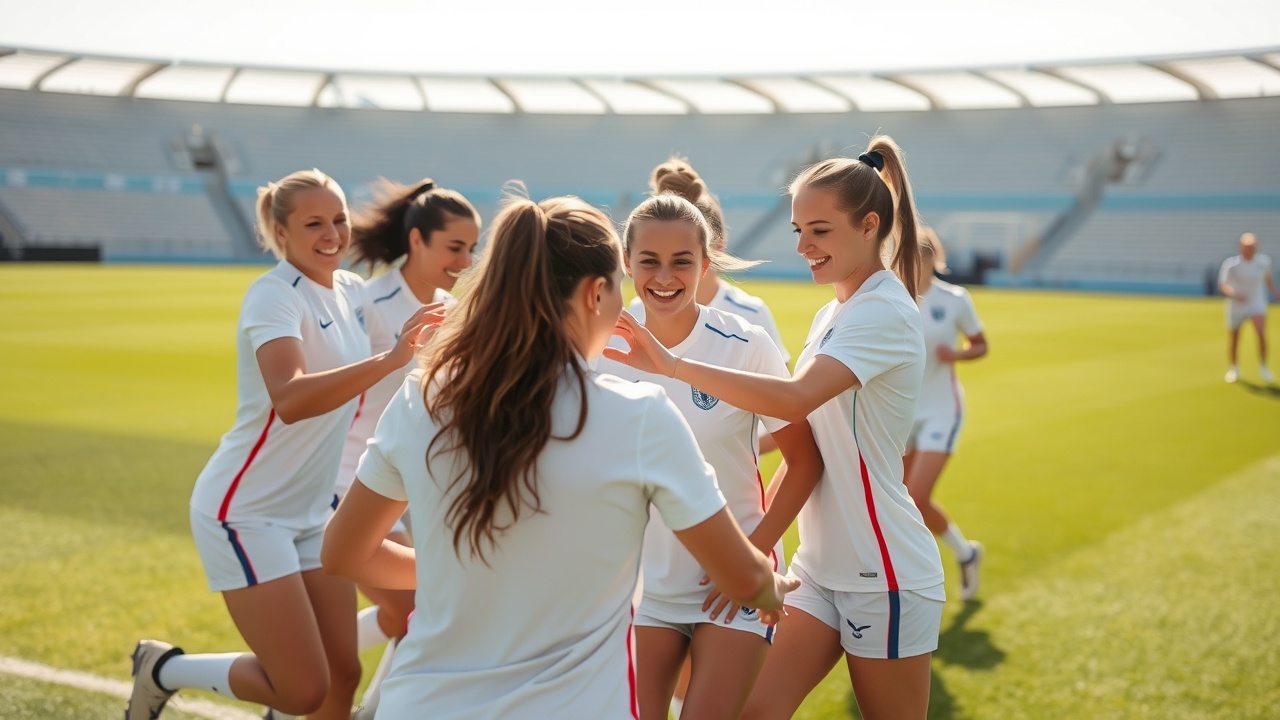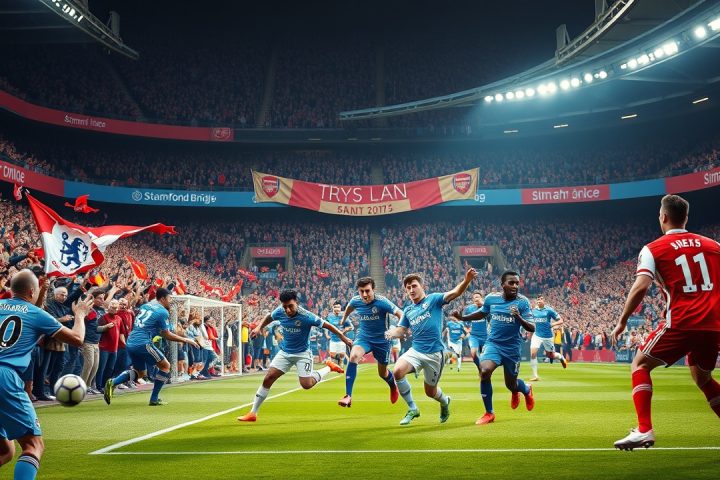Introduction
In the wake of England’s triumph at the 2022 Women’s European Championship, a deep dive into the developmental backgrounds of 37 senior Lionesses highlighted a striking trend: nearly all had played football alongside boys during their formative years. Tessa Payne, senior club talent pathway manager at the FA, emphasized this shared experience, with many of these athletes often being the sole girl on their boys’ teams. She pointed out that competing in such mixed environments pushed these aspiring players to adapt to the faster pace and physical demands of the game.
Developmental Advantages
This interaction with boys’ football was born out of necessity for many. For instance, Lauren Hemp, an England international and Manchester City winger, transitioned to boys’ grassroots football at the tender age of 15 after losing access to a girls’ team when Norwich City’s development center closed its doors.
Payne explained that there are numerous developmental advantages for girls who play with and against boys. These benefits encompass heightened technical skills, improved decision-making, and enhanced physicality, especially important in younger age brackets where swift direction changes and agility matter. Emma Jenks, the FA’s women’s pathways manager, echoed these sentiments, underscoring how competitive challenges in mixed settings foster distinctive growth in young female players.
Challenges in England
Interestingly, while mixed football is a commonplace occurrence across Europe, its acceptance in England has faced obstacles. Mixed teams for girls were only sanctioned to play with boys until the age of 11 before 2010; a rule only relaxed to allow under-12 and under-13 play as of 2011, making England one of the most restrictive countries in this area. In stark contrast, countries like Italy and Switzerland permitted mixed play until the ages of 17 and 19, respectively. Additionally, in places like Denmark and Spain, no upper limit on age exists for boys and girls playing together.
Historical Context
The conversation surrounding mixed football remains contentious, embroiled in socio-political debates regarding gender roles. Historical landmark cases, such as
Theresa ‘Terri’ Bennett’s attempt to sue the FA in the 1970s for the right to play in male leagues
, reveal how the fight for inclusivity in football has often mirrored broader societal shifts. Though Bennett’s initial victory was overturned, it catalyzed significant dialogue about gender equity in sports, even as lingering biases persisted.
Personal Experiences
Alyshia Walker, who captained a boys’ team in Scotland, faced her own challenges when England’s FA barred her from participating in the UK Four Nations Finals, allowing only warm-up participation rather than competitive play. Likewise, Minnie Crutwell‘s appeal to raise the mixed football cut-off age garnered political support, spotlighting the limitations present in English football rather than encouraging female athletes’ development.
Such experiences added a layer of complexity to discussions about gender in sport, as young girls navigated their passion while facing institutional hurdles. Comprehensive research conducted by Dr. Laura Hills revealed that girls and boys demonstrate similar physical abilities during ages 11 to 13, but socio-cultural attitudes resisted change, with many still viewing football as a male-dominated arena. Many girls found support in mixed teams, forged friendships, and enjoyed the sport, despite the adversities posed by administrators’ dated perspectives.
Notable Figures and Future Directions
Among notable figures in this evolution is Niamh McKevitt, recognized as the first girl in England to participate in mixed-gender football up to under-18 levels. Her journey, marred by frequent dismissals of gender capabilities within sports, illustrates how entrenched mindsets can create barriers for talented young female athletes.
Despite significant progress, challenges remain. For instance, young academy player Evie Edmondson, who started in boys’ grassroots, identified difficulties when transitioning to girls’ teams, citing a lack of competitiveness as a hurdle. Her experience reflects broader trends in youth sports, emphasizing the need for equal investment and opportunities in girls’ football.
Conclusion
The FA’s recent initiatives represent steps toward correcting longstanding disparities. They’ve allowed girls’ teams to participate in lower age divisions within boys’ leagues and have promoted mixed competition at various age levels within talent pathways.
The rise of grassroots organizations is crucial for re-shaping perceptions and fostering environments where both girls and boys can thrive equally. As interest in female participation burgeons, it’s essential that systemic changes accompany this growth, ensuring girls do not merely serve as exceptions in a sport that should be inclusive from the outset. Pressure remains on governing bodies to address gender-based discrepancies, ensuring equal opportunities for girls to develop into the next generation of elite footballers without barriers or limitations. In evolving frameworks, the potential for a more inclusive future in football seems brighter.




